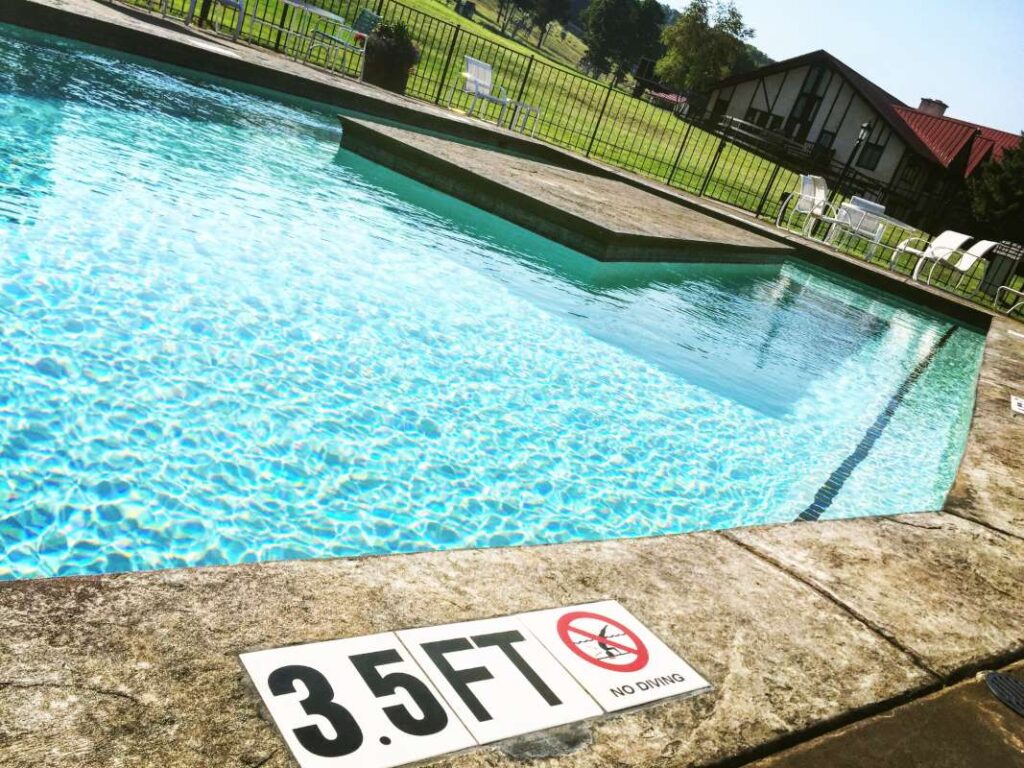How to Design a Succession Plan for Your Pool Company
Succession planning is not just about identifying who will fill leadership roles when they become vacant; it’s about ensuring the sustainable growth and continuity of your pool company. As the pool service industry is dynamic and competitive, having a solid succession plan can be the difference between thriving and merely surviving in the market. In this blog post, we will explore the essential components of designing a succession plan tailored for your pool company. We will cover the need for a plan, steps to create one, critical factors to consider, and practical tips to implement.
A well-thought-out succession plan addresses the future of your company, providing a roadmap for leadership transition while minimizing disruptions. It enables you to prepare future leaders within your business, ensuring they are ready to take over operations smoothly. With the combination of industry knowledge, customer relationships, and specialized skills required in pool service, a succession plan can safeguard your business’s legacy. Let’s dive deeper into how to create an effective succession plan for your pool company.
Understanding the Importance of Succession Planning
Succession planning is critical to maintaining stability in your pool service company. According to industry studies, only about 30% of companies successfully execute their succession plans. This statistic highlights how crucial it is to approach this task with seriousness and diligence. The pool service industry requires specialized knowledge and strong client relationships, making the need for a thoughtful succession plan even more pressing.
A solid succession plan can safeguard the business’s long-term viability, especially if a key leader unexpectedly leaves or retires. It ensures that the next generation of leaders is equipped with the necessary skills and knowledge to run the company effectively. For example, when a pool company owner decides to retire, a well-prepared successor can step in seamlessly, preserving client relationships and maintaining service quality.
Steps to Create a Succession Plan
Creating a succession plan involves several strategic steps. First, conduct a thorough assessment of your company’s current leadership structure and identify potential future leaders within your team. This includes evaluating their skills, knowledge, and willingness to take on greater responsibility. It’s vital to have open discussions with these individuals about their career aspirations and readiness for leadership roles.
Next, outline the key competencies and experiences that future leaders need to possess. This can vary from technical skills, such as understanding pool chemistry and maintenance, to soft skills like communication and customer service. For instance, investing in training programs focused on both technical and managerial skills can help prepare promising employees for future roles.
Once you’ve identified potential leaders and necessary competencies, develop a timeline for the transition. This should include short-term training initiatives and long-term goals for leadership development. Setting an established timeline can help ensure that succession planning becomes an ongoing process, rather than a one-time task.
Considerations for Your Succession Plan
When designing your succession plan, consider the various aspects that can affect the transition. One important factor is the company culture. Ensure that the values and vision of your company are communicated effectively, so that the next generation of leaders carries them forward. Additionally, consider the financial implications of the transition. Preparing for potential financial challenges is crucial, particularly if leadership changes involve investments in training or restructuring.
Another consideration is the emotional aspect of succession. Relationships between current leaders and potential successors can influence the success of the transition. Engaging in team-building exercises and fostering open communication can help build trust and collaboration among team members. This prepares the organization for a smoother transition and helps maintain morale during changes.
Practical Tips for Implementing Your Succession Plan
Implementing your succession plan requires a proactive approach. Regularly revisit and update the plan to ensure it aligns with your company’s growth and changing market dynamics. Consider conducting annual reviews to assess the development of potential leaders and the overall effectiveness of the plan.
Encourage mentorship programs within your organization, where seasoned leaders guide potential successors. This can foster a culture of learning and support, making it easier for future leaders to adapt and grow in their roles while retaining critical knowledge within the company.
Utilizing tools like Pool Biller Software can help streamline your business processes, allowing you to focus more on nurturing future leaders rather than getting bogged down by administrative tasks. An efficient billing system can free up valuable time and resources for leadership development.
Additional Strategies for Effective Succession Planning
Besides the core strategies mentioned, consider involving external advisors in your succession planning process. These professionals can bring valuable insights and help facilitate discussions about leadership transitions, making the process smoother. They can also assist in identifying potential gaps in skills or knowledge among your team and recommend appropriate training resources.
Another approach is to incorporate technology into your succession plan. Modern software solutions can provide data analytics that help you track the performance of potential leaders, enabling you to make informed decisions about training and development opportunities. Embracing technology can also streamline communication and ensure all stakeholders are informed and engaged in the planning process.
Creating a Culture of Leadership Development
Fostering a culture that emphasizes leadership development is essential for a successful succession plan. Encourage employees to take initiative, participate in leadership training, and contribute their innovative ideas. Empowering your team can create a more dynamic environment where potential leaders feel motivated to step up.
Moreover, consider establishing a rewards system to recognize and incentivize leadership growth within your team. By appreciating employees’ efforts and achievements, you can boost morale and encourage a continuous commitment to learning and development.
The Role of Communication in Succession Planning
Effective communication is paramount in succession planning. It’s essential to communicate the goals and processes of the succession plan to all employees. Transparency can help alleviate concerns and build trust among team members. When everyone understands the plan and their potential roles in it, they are more likely to engage positively in the transition process.
Regular meetings to discuss progress and gather feedback can also enhance communication. This allows for open dialogue, where employees can express their thoughts, share insights, and bring up any challenges they face. Engaging employees in the planning process can lead to better outcomes and foster a sense of ownership in the company’s future.
Conclusion
In conclusion, designing a succession plan for your pool company is a vital step in securing its future. The steps you take today in identifying future leaders, developing their skills, and communicating effectively will have a lasting impact on your business. Investing time and resources in succession planning is not just about filling positions; it’s about ensuring the sustainability of your business and maintaining the quality of service that your clients expect.
By following the strategies discussed above, you can create a robust succession plan that prepares your pool company for the future. Start implementing these practices today, and you’ll not only enhance your organization’s resilience but also inspire confidence in your clients and employees. For additional tools, consider leveraging Pool Biller Software to simplify your billing processes, allowing you to focus on leadership development and business growth.




